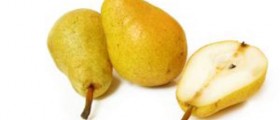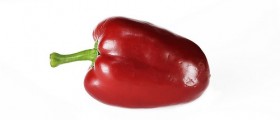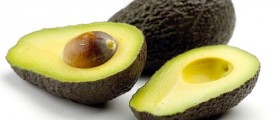
Star fruit is a delicious, nutritious fruit that is also appreciated because of its shape. When it is cut vertically, it is shaped like a five-pointed star. This is why this fruit is widely used as garnish, in salads and desserts.
Star fruit is the fruit of the Averrhoa carambola L. plant and it is also called carambola. It is native to Southeastern Asia, Pacific, Carribean, Central and Southern America and today it is cultivated in tropical and semitropical areas, like Florida.
This fruit can be three to six inches long, with edible waxy skin. When the fruit is ripe, the skin is yellowish with green shades, and the flesh is yellow, slightly sour, sweet and tangy.
Star fruit can be eaten raw or used in fruit salads, desserts and beverages. It has great nutritional value and offers several health benefits.
Star Fruit Nutritional Value
One cup of raw star fruit contains 1.37 grams of protein, 1110 grams of carbohydrates, 45.4 milligrams of vitamin C, 81 IU of vitamin A, 0.022 milligrams of vitamin B6, 176 milligrams of potassium, 3 milligrams of sodium, 4 milligrams of calcium, 0.16 milligrams of zinc, 000.516 milligrams of pantothenic acid, 0.11 milligrams of iron, 0.181 milligrams of copper, 3.7 grams of dietary fiber and 7 grams of sugar. This amount provides 41 calories.
Star Fruit Health Benefits
The best quality of star fruit is its high content of vitamins C and A. Vitamin C is a powerful antioxidant that fights free radicals that cause damage in the body. It also boosts the immune system, which is why it is recommended for everyone during cold and flu seasons, as well as for people who already are ill.
Star fruit is also rich in dietary fiber, which promotes good gastrointestinal health. Fiber rich foods increase bulk in stool and make it easier to pass, thus preventing or relieving constipation.
It is observed that regular consumption of star fruit increases the milk flow in nursing mothers.
Star fruit is also a perfect food for people who are trying to lose weight, since one cup of it contains only 41 calories. In addition, it is low in sodium, fat and cholesterol.
Potassium in this fruit helps against muscle cramps, while its calcium content assures proper teeth and bone development.
Even though it has all these benefits, star fruit should be avoided by people who are on dialysis. Due to oxalic acid present in this fruit, in some people it can cause nausea, vomiting, hyperkalemia and muscle twitching.
Star fruit is best if eaten ripe. When it is ripe, its skin is yellow with shades of green, and its five ridges may turn slightly brown, which is not a problem. The fruit is perfect if it is firm to touch.

















Your thoughts on this
Loading...